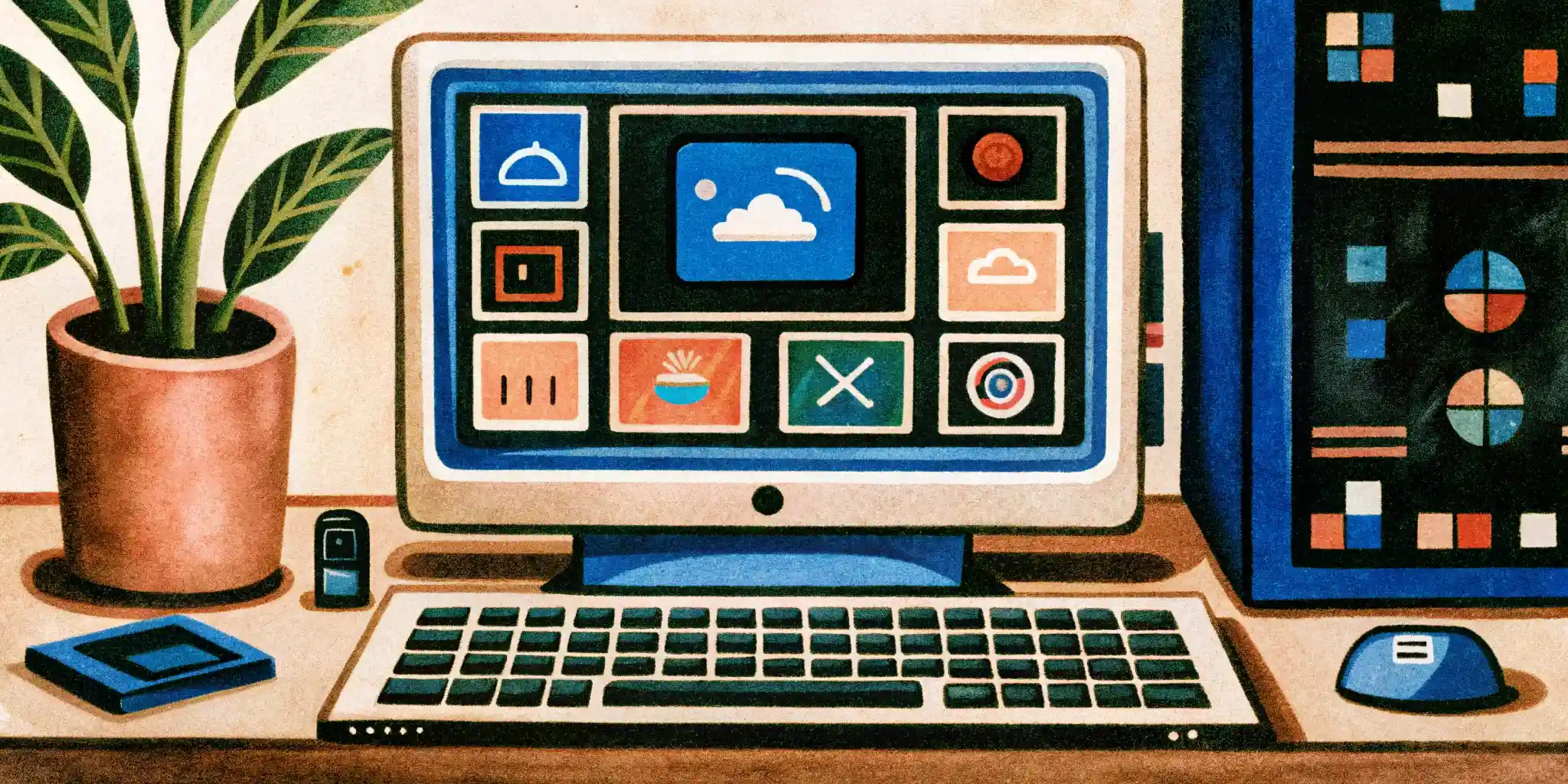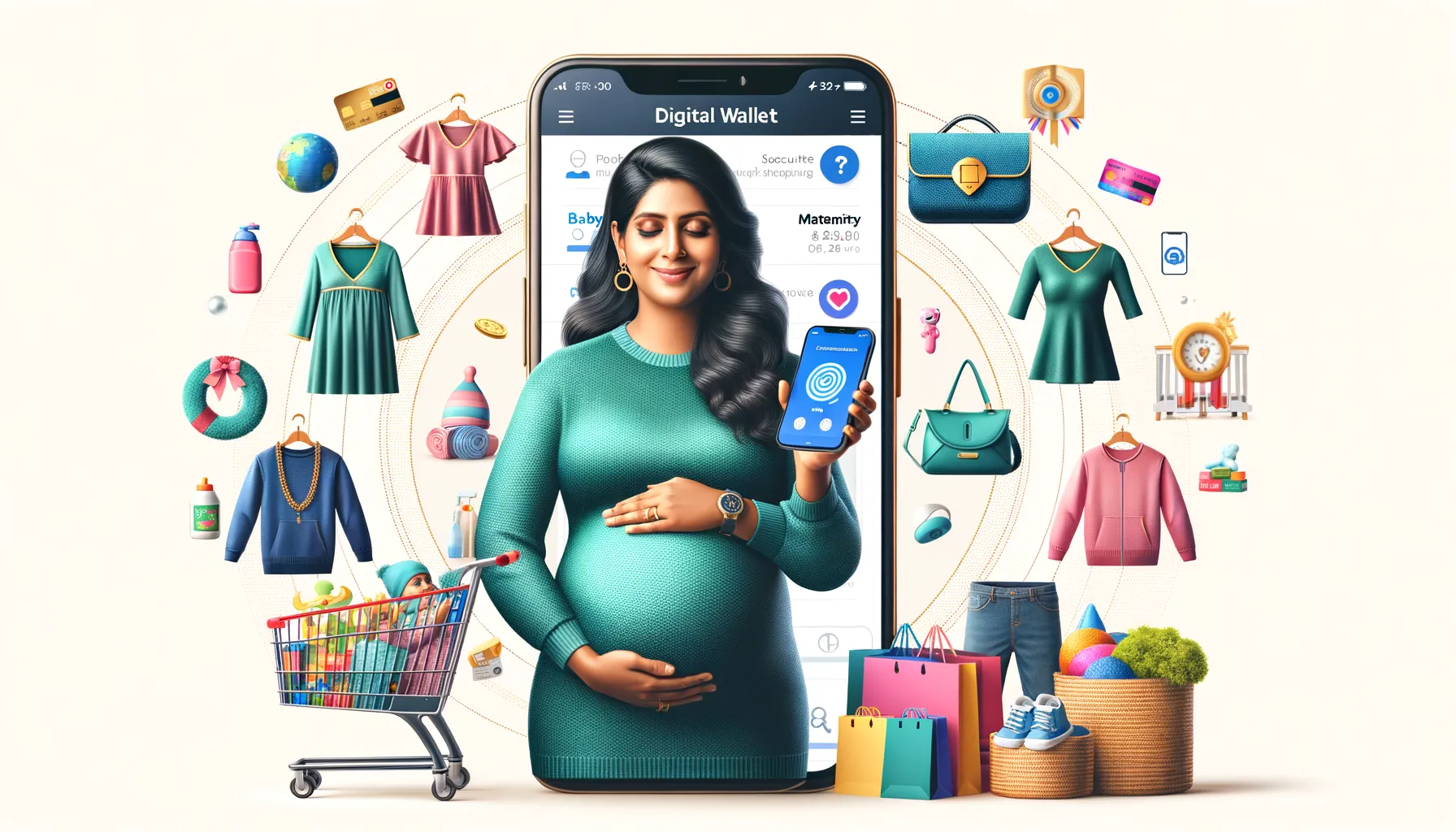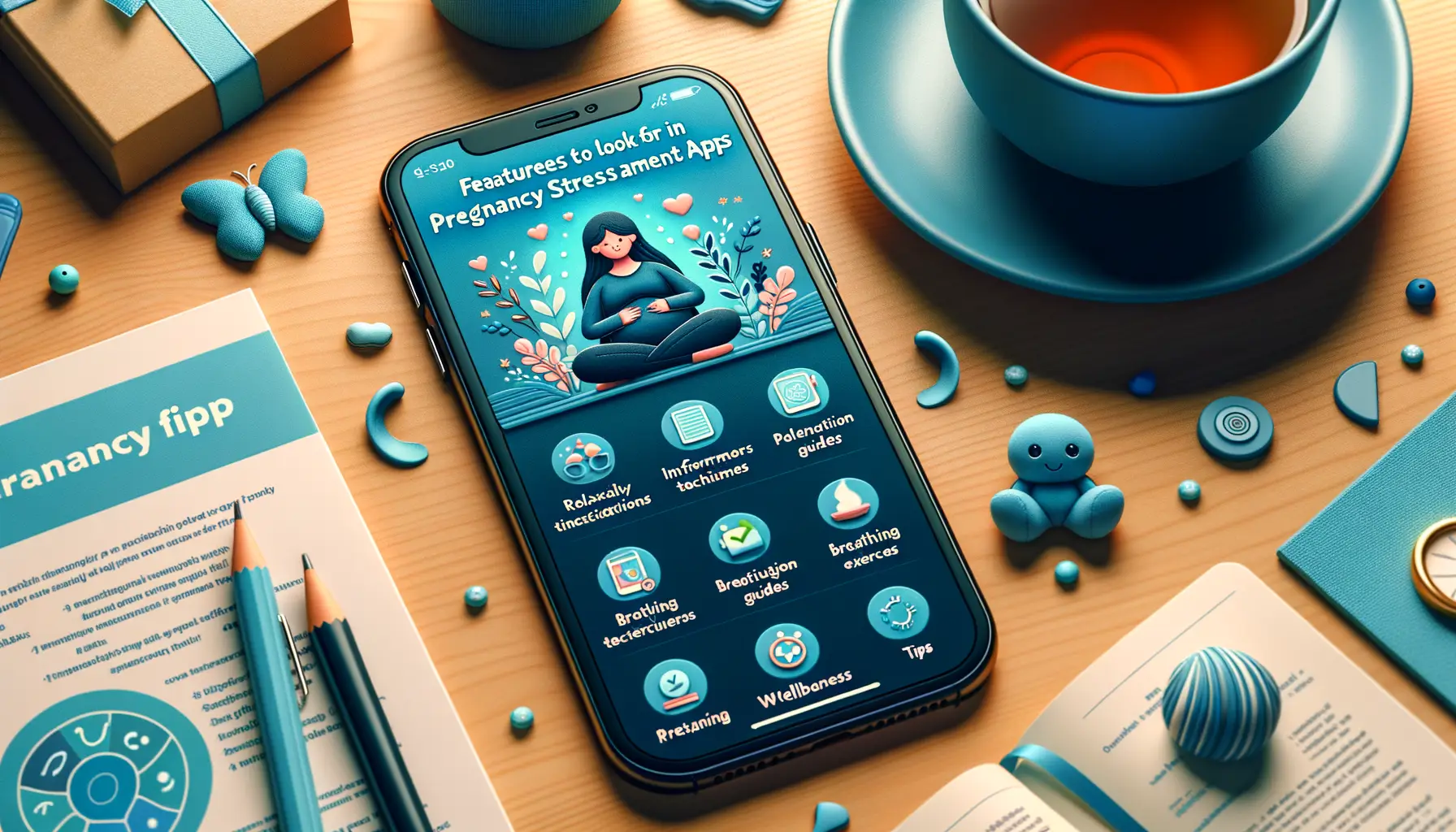Understanding the Importance of Personal Health Data Security
Your Health Data: The Digital Key to Your Life
Imagine your personal health data as the treasure chest of your life—holding everything from your medical history to your prescriptions, allergies, and even lifestyle habits. But unlike a physical diary locked in a drawer, this vital data is stored online, traveling through digital highways. Without proper protection, it’s like leaving your front door wide open with a sign saying, “Free entry!”
But why does this matter so much? Because your health data paints an intimate portrait of you. Cybercriminals aren’t just stealing random bits of information—they’re seizing control of something deeply personal. For example, they can sell stolen medical records on the black market or use them for identity theft, jeopardizing your financial well-being and causing emotional distress. It’s not just numbers; it’s *your* story.
What’s at Risk If You Don’t Secure It?
Let’s break it down. Weak protection of health data can lead to:
- Fraudulent insurance claims: Imagine someone racking up hospital bills under your name.
- Data manipulation: Tampered records could mislead doctors, risking incorrect treatment.
- Privacy breaches: Sensitive conditions or treatments exposed without your consent.
Having weak data security is like walking through a storm holding an umbrella with holes—it simply doesn’t do its job. Protecting your health information isn’t just about avoiding trouble; it’s about safeguarding your peace of mind.
Common Cyber Threats Targeting Health Data
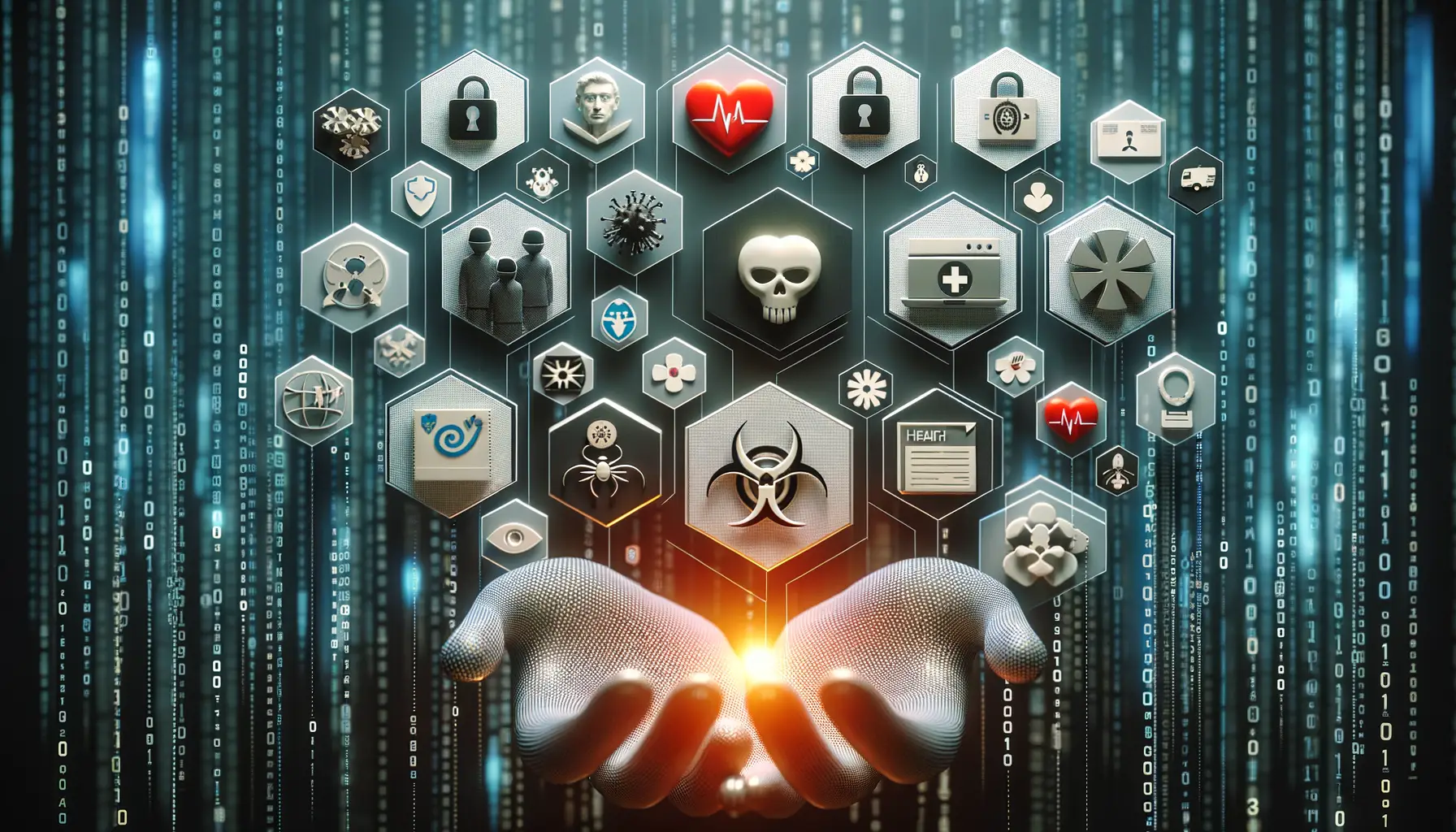
Your Health Data Under Siege: The Threats You Need to Know
Picture this: your personal health data – the most intimate details of your well-being – is like a treasure chest, and cybercriminals are the modern-day pirates. They don’t arrive with swords; instead, they use sophisticated tools, lurking in the digital shadows to exploit any weak link.
One of the most menacing dangers? Ransomware attacks. Imagine waking up to find your medical provider locked out of their system, with patient files held hostage for a hefty ransom. It’s not just a Hollywood plot – it happens, leaving chaos and compromised care in its wake.
Another silent predator is phishing scams. These sneaky emails or messages trick staff into clicking malicious links. One click, and sensitive patient details – like your allergies, prescriptions, or even mental health diagnoses – can be stolen.
And don’t forget about insider threats. Sometimes, the enemy is within. A disgruntled employee or careless contractor may mishandle or intentionally leak data.
- Unpatched software vulnerabilities
- Outdated security protocols
- Shadow IT systems (unauthorized devices/apps)
Your health data deserves better than living under constant threat. These risks demand vigilance, innovation, and action.
Effective Strategies for Safeguarding Personal Health Data
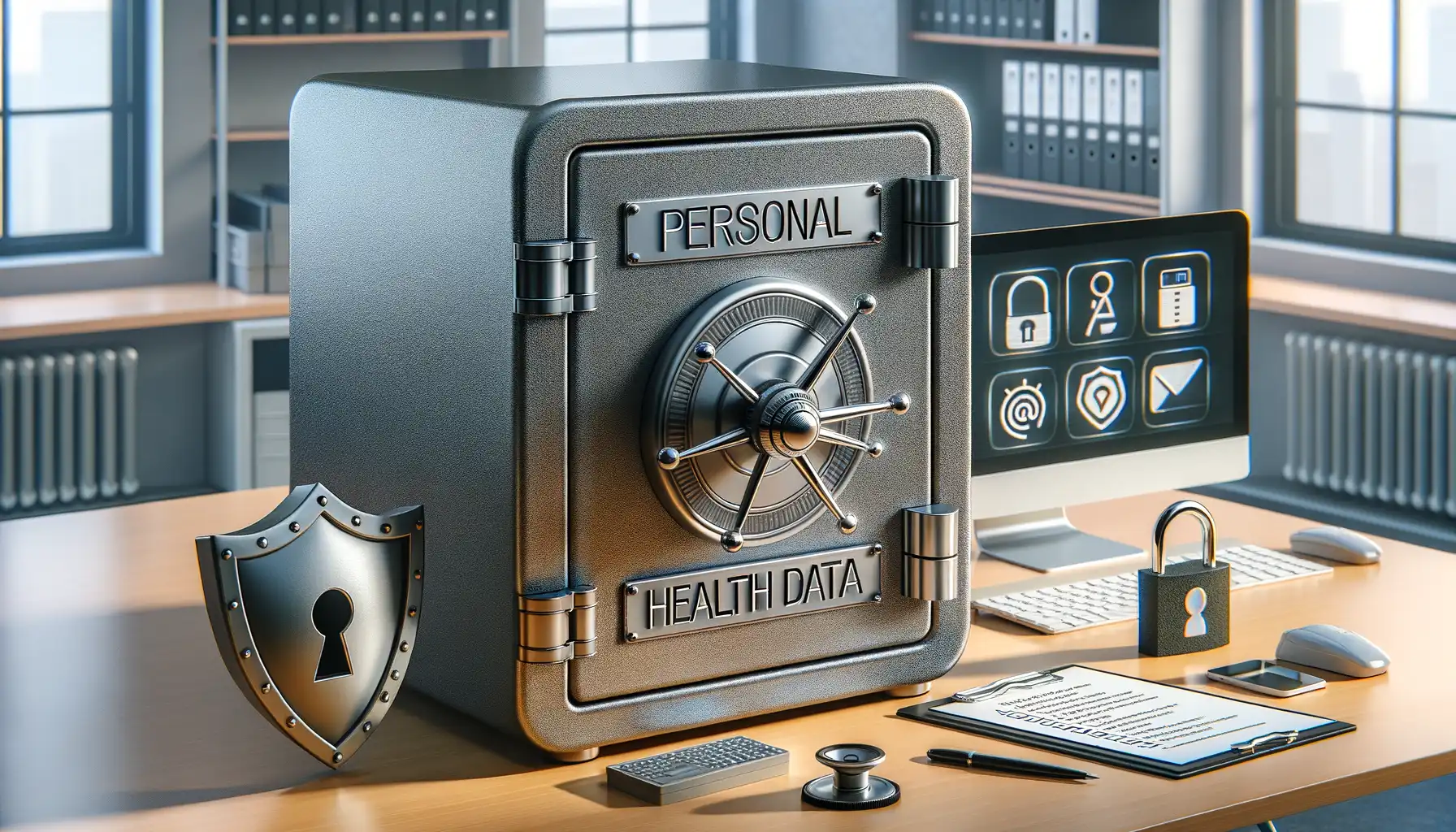
Smart Habits to Keep Your Health Data Locked Tight
Your personal health data is a treasure chest of sensitive information. Imagine a digital map leading straight to the most private corners of your life—your medical history, prescriptions, and even the specialists you’ve seen. Would you leave that map lying around for anyone to grab? Of course not! To safeguard this precious cargo, start with these practical yet powerful habits:
- Turn On Two-Factor Authentication (2FA): Think of it as an unbreakable door lock that requires both a key and a secret code.
- Keep Software Updated: Outdated systems are like leaving a window open for intruders—patch those gaps with regular updates.
- Use Strong, Unique Passwords: Forget birthdays or “password123″—get creative with combinations only you can remember!
Beware of Phishing Baits and Too-Generous Permissions
Cybercriminals are masters of disguise. They’ll masquerade as your doctor or insurance provider, tricking you into clicking malicious links. Pause and question every email or text before acting. Hover over links to inspect their destination—if it looks fishy, steer clear.
And what about mobile apps? How many times have you clicked “Allow All” without thinking twice? Some apps don’t just ask—they take. Instead, take a moment to review permissions and deny access they don’t need. Being selective keeps your data in your hands, where it belongs.
Technological Tools and Solutions to Enhance Data Security

Smart Shields: The Tech Arsenal for Data Protection
Your personal health data deserves a fortress of protection, and that’s where today’s technological marvels step in. From cutting-edge tools to ingenious solutions, let’s uncover how you can wield technology as a powerful ally against cyber predators.
Imagine a world where your health data is a treasure chest, and hackers are relentless pirates. Tools like encryption software transform your sensitive information into indecipherable code – a lock no pirate can crack. Meanwhile, multi-factor authentication (MFA)
And if you’re worried about being your own IT manager – relax. With secure cloud storage, your data finds a safe home guarded by experts, letting you breathe easy while staying focused on what truly matters: your health. The fight to defend personal health data is not a one-and-done task; it’s like tending a garden. It requires constant attention, pruning of outdated methods, and planting new, innovative solutions. With cybercriminals constantly sharpening their tools, our approach to protection must evolve just as swiftly. Here’s what the future holds: a push toward smarter technologies and human-driven vigilance. Picture this: a world where your health records are guarded by AI watchdogs, equipped to sniff out intruders faster than any human ever could. Or blockchain systems locking your data in digital vaults, where only you hold the key. At its core, this isn’t just about technology—it’s about trust and control staying firmly in your hands. It’s tempting to see data protection as purely technical, but the human element remains pivotal. For instance, how often do we grant app permissions without a second thought? Imagine if each of us paused and questioned, “Is sharing this really essential?” Simple steps by individuals create ripple effects, strengthening defenses in ways no software can replace. We must weave cyber hygiene practices into daily life, much like washing hands protects against germs. The future calls for boldness—a willingness to embrace complexity yet simplify access for patients. It means a collective effort across tech developers, healthcare providers, and everyday users. Together, we can create a landscape where health data protection moves from daunting to empowering. Let’s begin today.Conclusion and Future Directions for Health Data Protection
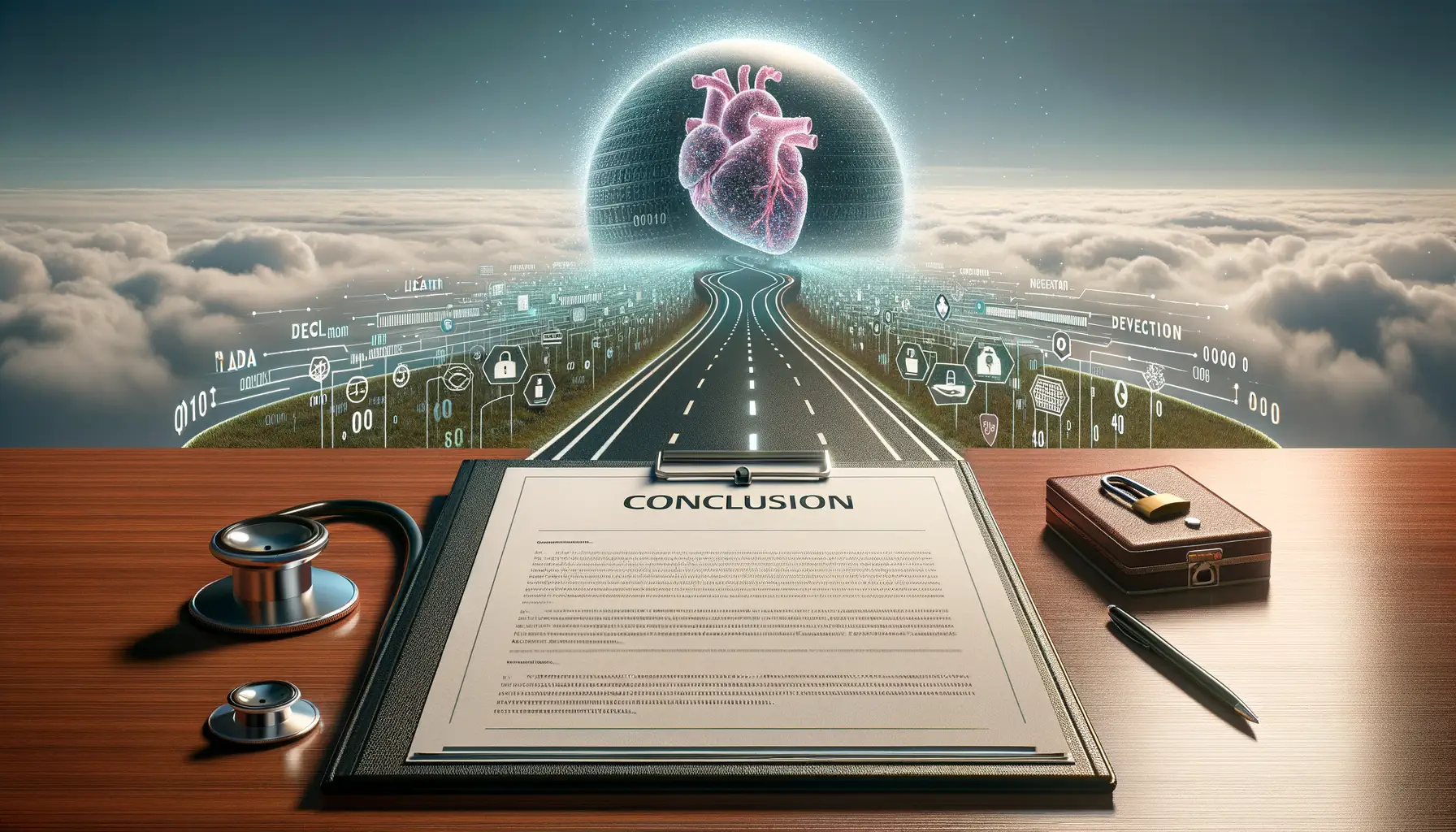
Protecting Personal Health Data in a Rapidly Changing Digital Frontier
The Human Element: A Key Player in the Future


